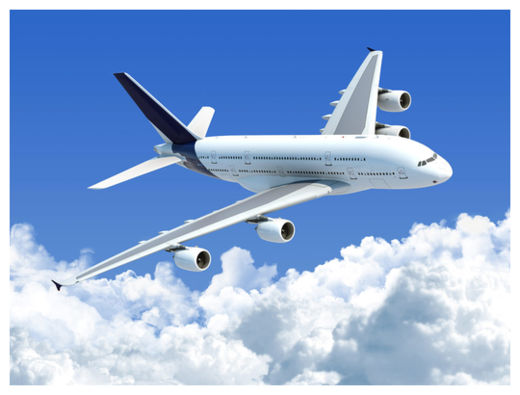
If you thought the outlook for Earth's climate looked bleak, don't look up. A new study suggests that space weather - the hail of energetic particles above our atmosphere - is set to worsen in coming decades. The grim forecast suggests that astronauts and frequent flyers will face greater radiation hazards and could rule out a crewed mission to Mars before 2050.
Space weather is a general term for the environmental conditions above Earth's atmosphere. When space weather is bad, dangerous particles abound. These include protons and ions, known as galactic cosmic rays (GRCs), raining down at near-light speed from space, and similar particles coming in bursts from the sun, called solar energetic particles (SEPs).
The sun has the biggest impact on space weather. The radiation it emits fluctuates both over the short term and across centuries. When the sun is emitting more radiation, it generates a strong external magnetic field, which swaddles the solar system in the "heliosphere" - a shield against GRCs. On the downside, a more active sun is thought to emit SEPs more consistently. Currently, the sun's activity seems to be fading from a "grand maximum" that has been with us since the 1920s, suggesting a new minimum is upon us.
Although that might seem like good news, it's actually not, according to space meteorologist Michael Lockwood of the University of Reading in the United Kingdom and colleagues. Lockwood's group has analyzed how variations in GRCs and SEPs reaching Earth have correlated with the sun's activity over hundreds of years. No one was recording the influx of GRCs or SEPs back then, so the researchers use proxy data taken from the composition of ancient ice cores dug up at the poles. Nitrates are produced as GRCs react with the atmosphere, so an ice sample containing more nitrates is likely to have been frozen at a time of abundant GRCs. Meanwhile, SEPs are thought to fill ice with rare isotopes of beryllium-10.
Lockwood's group found that in times of low solar activity, there seem to have been more GRCs reaching Earth. This wasn't too surprising: low activity means the solar system's shield - the heliosphere - would have been weaker. The researchers also found that low solar activity seemed to bring fewer SEP events. But to their surprise, there was a caveat: Although fewer, the SEP events appeared to be far more intense. The worst time for SEPs appeared to be at times of "middling" solar activity - precisely the transition period we are thought to be entering. The results were published last month in Geophysical Research Letters.
How dangerous is this? One problem could arise for frequent flyers, because the thin air at high altitudes offers less protection from space weather. Currently, someone could take up to five long-haul flights every year that go near the poles - where GRCs and SEPs are channeled most - without exceeding the recommended limit on radiation exposure. But in coming decades, Lockwood explains, that safe number could drop to two. "I wouldn't want to be on a plane when an SEP event went off," he says.
William Murtagh, who monitors space weather at the Space Weather Prediction Center (SWPC) in Boulder, Colorado, thinks we should keep the risk in perspective. He says many people will face a greater risk of radiation from natural radon gas seeping into their basements. What's more, adds Murtagh's SWPC colleague Bob Rutledge, Lockwood and colleagues' predictions haven't yet been tested to see if they'll hold up in the coming years. "Many of these theories come out, and some will prove to be right," he says. Until time bears out a theory, Rutledge says he won't "change the way I do business."
Astronauts might face more problems, particularly those headed for the moon or beyond. Scientists currently predict that a roundtrip to Mars exposes a male astronaut to a lifetime's worth of radiation; female astronauts experience double what's considered a safe lifetime dose. But Lockwood believes that in our transition to minimum solar activity - which could last anywhere between 40 and 200 years - this dose could increase at least twofold.
Biophysicist Francis Cucinotta of NASA's Space Radiation Program at the Lyndon B. Johnson Space Center in Houston, Texas, says it should be possible to shield astronauts against the SEP events. But GRCs would require an amount of shielding that is "not feasible" for spacecraft, he says. That means a crewed Mars mission, which NASA still has penciled in for the 2030s, would need another means of protecting astronauts.



Reader Comments
to our Newsletter